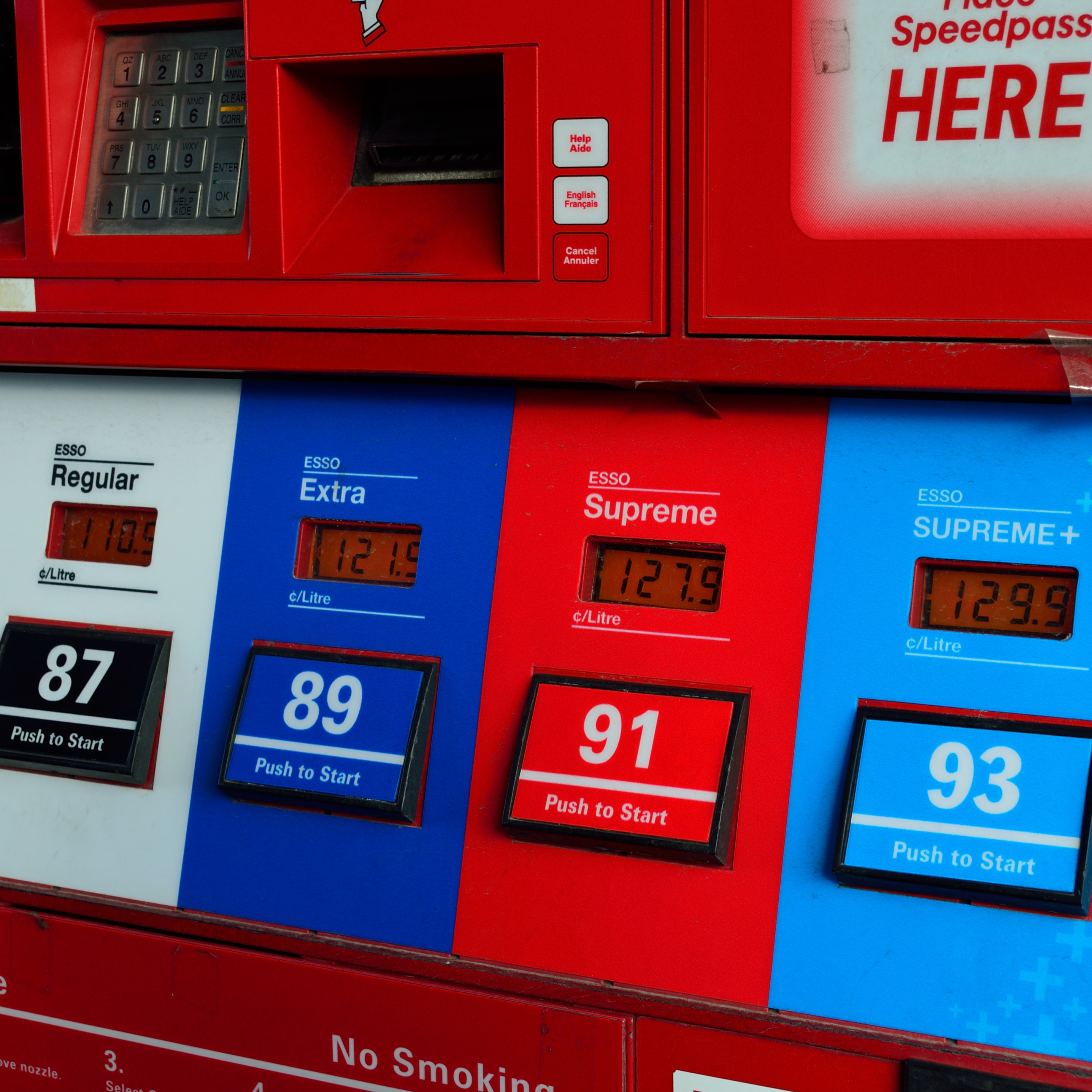
The national average this morning was $2.455, up from $2.449 last week but down nearly nine cents a gallon compared with the month ago price.
Gasoline inventories fell by 5.5 million barrels last week, according to U.S. Energy Information Administration (EIA) data, and refiners were utilizing more capacity than in the prior week. Refineries in the Midwest have been shut down for maintenance, however, and inventories in the Great Lakes region hit two-year lows. All things equal, once refineries are fully operational again, prices should begin slipping lower again.
Patrick DeHaan, head of petroleum analysis at GasBuddy, said:
Oil prices have rebounded in the last week, led higher by geopolitical tensions and declining inventories, leading gasoline prices in some parts of the country to make an unseasonable move higher. As refineries continue autumn maintenance, we may continue to see gasoline inventories under pressure, with a mixed bag of increases and decreases in the weeks ahead until the conclusion of such maintenance. Meanwhile, exports of crude oil and refined products continue to hit record levels, also weighing on markets. Without the ability to export crude oil, inventories in the U.S. would have continued to increase, keeping pressure on oil prices, but without such protection, oil is flowing out of the U.S. at record pace.
The national average could continue climbing this week as the state of California is set to raise its gasoline and diesel fuel taxes by 12 cents and 22 cents, respectively, beginning at midnight November 1. California’s gas tax will rise to almost 55 cents a gallon, second only to Pennsylvania’s tax on gas.
States where prices moved most last week were: Michigan (down 10 cents); Indiana (up eight cents); Illinois and Missouri (up seven cents); West Virginia (up five cents); and Delaware, Oklahoma, Minnesota, Ohio and Pennsylvania (up four cents).
States with the lowest average prices last week included Mississippi ($2.18); Alabama ($2.19); South Carolina ($2.21); Arkansas ($2.22); Tennessee and Louisiana ($2.23); Texas ($2.24); Missouri ($2.26); Virginia ($2.28); and Oklahoma ($2.28).
The highest average prices per gallon last week were reported from Hawaii ($3.12); California and Alaska ($3.07); Washington ($2.87); Nevada ($2.81); Oregon ($2.71); Connecticut ($2.71); Pennsylvania ($2.69); New York ($2.65); and Idaho ($2.62).
West Texas Intermediate (WTI) crude oil for December delivery traded up less than 0.1% Monday morning at $53.87. The price differential (spread) between WTI and Brent crude is now around $6.50 a barrel. That indicates that WTI export quantities could remain at recent highs and perhaps go even higher, putting more upward pressure on U.S. pump prices.
Get Ready To Retire (Sponsored)
Start by taking a quick retirement quiz from SmartAsset that will match you with up to 3 financial advisors that serve your area and beyond in 5 minutes, or less.
Each advisor has been vetted by SmartAsset and is held to a fiduciary standard to act in your best interests.
Here’s how it works:
1. Answer SmartAsset advisor match quiz
2. Review your pre-screened matches at your leisure. Check out the advisors’ profiles.
3. Speak with advisors at no cost to you. Have an introductory call on the phone or introduction in person and choose whom to work with in the future
Get started right here.
Thank you for reading! Have some feedback for us?
Contact the 24/7 Wall St. editorial team.



